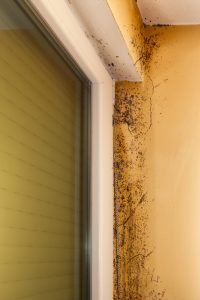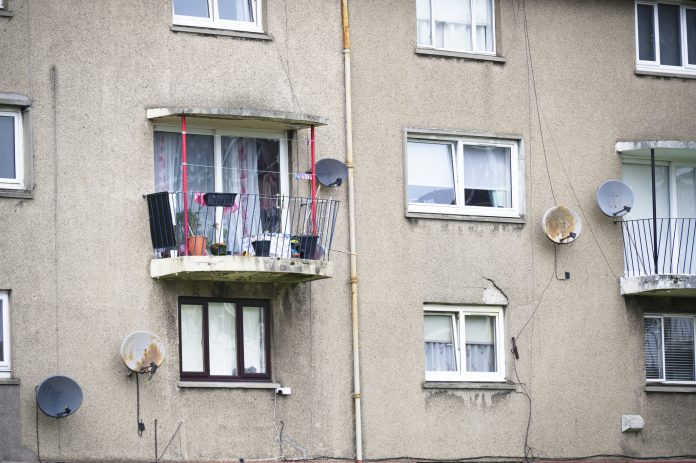Addressing poor housing in England would save the NHS £1.4bn a year – it’s time we take action. Gillian Charlesworth, chief executive of BRE, explores how
Poor housing in England is taking a huge toll on citizens and the NHS. The Building Research Establishment’s (BRE) latest report shows that hazards in poor-quality homes are costing our already strained health service a staggering £1.4bn in annual treatment bills. In our paper – The Cost of Poor Housing in England – published in late 2021, we not only revealed the stark effects of poor homes on not only their occupants and the NHS but also on the wider community, making the need for change clear.
The 2021 report was an update of a 2015 BRE paper on the same subject. However, in the seven years since its publication, the overall cost burden to the NHS has remained unchanged. This is disappointing considering that, if remedial works to rectify the most common hazards had been undertaken in 2015, the government would have effectively been paid back this year and millions of individuals would now be benefitting from better quality housing.
How can we rectify the worst housing hazards?
We were able to quantify the cost of poor housing to the NHS by combining existing data from the 2018 English Housing Survey (EHS) on health and safety hazards in the home with NHS treatment cost figures. According to the latest EHS, an estimated 2.6m homes in England – 11% of the country’s housing stock – contained at least one “Category one hazard” and were therefore considered “poor”.
Identifying which hazards are costing the NHS the most each year revealed that defects exposing residents to excess cold were the highest (£857m), followed by those that cause falls in the home (£373m) and dampness (£38m). These issues are, of course, particularly dangerous for the most vulnerable in society, such as older people and families with young children.
Tackling excess cold would cost a total of £5.9bn but would save the NHS £857m per annum, paying back the government in seven years.
Some 400,000 treated injuries per year in England are associated with home falls on stairs and steps. Fixing this issue outright would cost a total of £1.3bn, saving £218m in treatment costs per annum and around 700 lives every year. Tackling the issue today would effectively achieve pay back within six years.
Addressing dampness in poor homes, which contributes to an increase in asthma cases, would save a total of £296m per annum, with a pay back to the government within seven years.
How does poor housing affect society?
It is not only the physical health of residents that is at risk. There are also wider ‘societal costs’ of poor housing, which could last a lifetime. These include loss of economic potential with residents suffering from lower educational achievement, loss of productivity and career prospects, and the suffering and trauma associated with poor housing hazards.
If we include the societal costs in our overall number, it is estimated that the full cost to society of people living in poor housing is a staggering £18.5bn per annum.
There are wider societal benefits beyond improving the health of occupants which come with improvements to the poorest housing stock. These include reduced energy costs and carbon emissions, higher residual asset values and local job creation opportunities, to name a few. In times of energy, climate and economic crisis, alongside a pandemic, undertaking the necessary remedial work can benefit both the occupant and wider community in a multitude of ways.
We must tackle poor quality housing today
If we begin to tackle poor quality housing today, we will be able to significantly improve the health and wellbeing of residents and save tens of billions of pounds for the NHS in the long run. At BRE, we are recommending that further research is undertaken to inform a full 30-year cost-benefit analysis of the impact of improving poor housing in England, ensuring an accurately targeted plan to maximise investment and direct the urgent help to those who need it.
Gillian Charlesworth
Chief executive
Building Research Establishment
Tel: +44 (0)333 321 8811















Definitely more needs to be done with the quality of housing stock in the UK. We treat a lot of damp and mould in houses, although sometimes it can be a ventilation issue. Perhaps more needs to be done to educate people on how to prevent condensation etc in homes.
This could be a perfect example of how we could address community heating and cooling for these groups to avoid individual heating systems being adopted